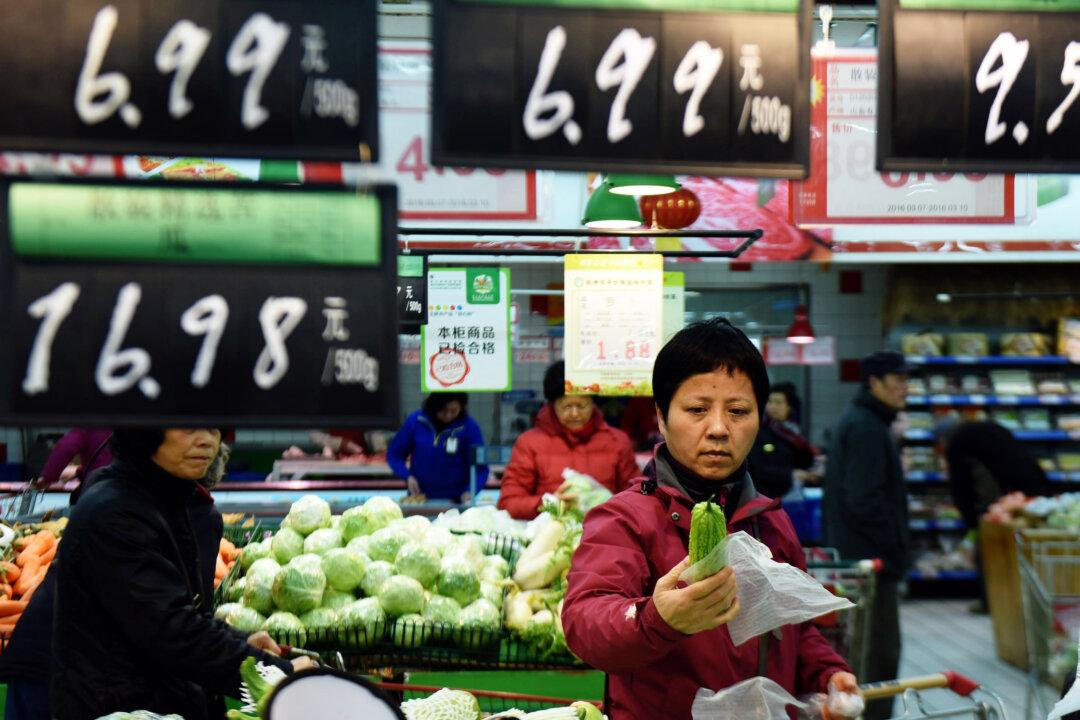China’s GDP grew at 6.7 percent year on year in the second quarter of 2016, at least officially. However, most analysts don’t believe the official figures.
“The official figure is still around 7 percent, but those data are made in the statistical kitchen,” says Willem Buiter, the chief economist of Citigroup. He thinks China is not growing at more than 4 percent.
After reporting 6.7 percent growth over the year in the first quarter of 2016, analysts were looking for 6.6 percent growth in the second quarter compared to the second quarter of 2015, so China managed to engineer a small beat and create the illusion of stability. Quarterly growth even picked up from 1.1 percent in the first quarter to 1.8 percent in the second quarter.
China is in a holding pattern and I think it won't change until there is a long run rebalancing
, Citigroup





